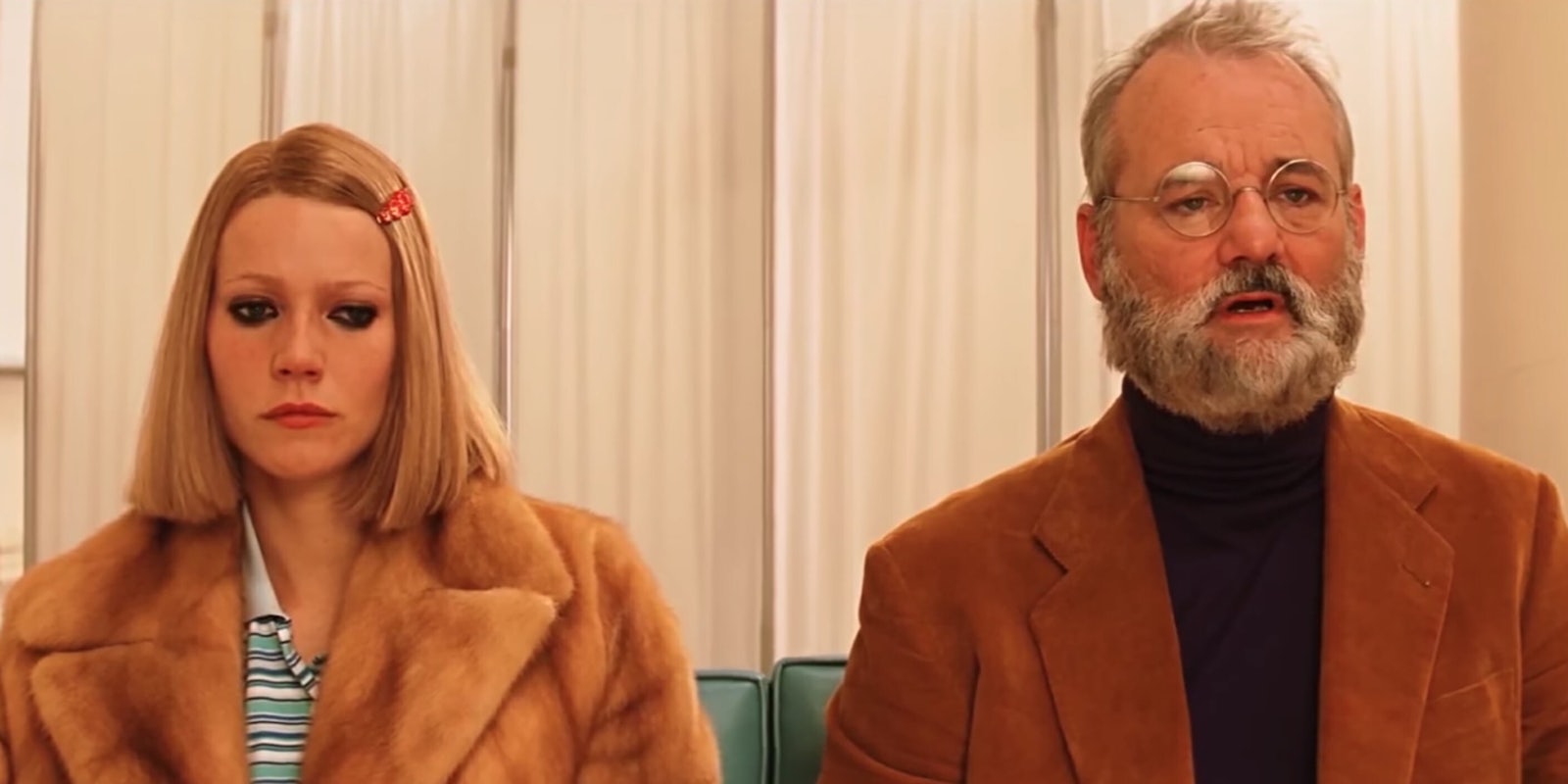In anticipation of the release of Wes Anderson‘s Isle of Dogs, a satirical trailer by YouTube channel Screen Junkies revisited all of his films, both to appreciate the director’s work and give him a solid roast.
The video, part of Screen Junkies’ Honest Trailers series, describes Anderson as “your barista’s favorite director” who crafts “awkward family fables” that make you feel “kind of happy, kind of sad, and kind of unsure when you’re supposed to laugh or not.”
The video points out Anderson’s style is so specific that the director’s collective work could be considered its own genre and that his movies are pretty damn repetitive despite being “just the most charming little things.”
According to Screen Junkies, almost all Wes Anderson films include overhead shots of objects, stage plays, funerals, facial wounds, whimsical names, and characters with dead parents and strained sibling relationships. Oh, and don’t forget the necessary element that is the Wilson brothers.
All in all, the video shows appreciation for Anderson’s influence on the indie film industry as well as a large generation of “pale hipsters who hate their parents.”
But Screen Junkies also critiques racial undertones in Anderson’s work, saying the director’s typical protagonist is “definitely not a woman, but rather an emotionally-stunted man.” The video adds that these protagonists almost always have a “brown subordinate/love interest.”
According to Slate contributor Jonah Weiner, Anderson’s projects show “white protagonists—typically upper-class elites—and nonwhite foils—typically working class and poor.” And the director mishandles race in his movies by including nonwhite actors as virtually mute characters.
The character of Pelé in Life Aquatic is a Brazilian who “sits in a crow’s-nest and sings David Bowie songs in Portuguese,” and Mr. Sherman in Royal Tenenbaums is a “Black accountant who wears bow ties, falls into holes, and meekly endures Gene Hackman’s racist jabs,” Weiner wrote.
According to Variety, a recent study from the University of Southern California found that among 2016’s top 100 films, 70 percent of speaking roles were white. The study suggested solutions such as target inclusion goals and equality clauses or “inclusion riders stipulated by big-name talent for their contracts.”
Anderson’s movies may be visually stunning with each shot framed like a “perfectly conceived photograph,” according to the Daily Beast. But the Screen Junkies’ takedown points out that Anderson’s staging characters of color as foils to more prominent white characters undermines their stories—and is worth taking the time to critique.


